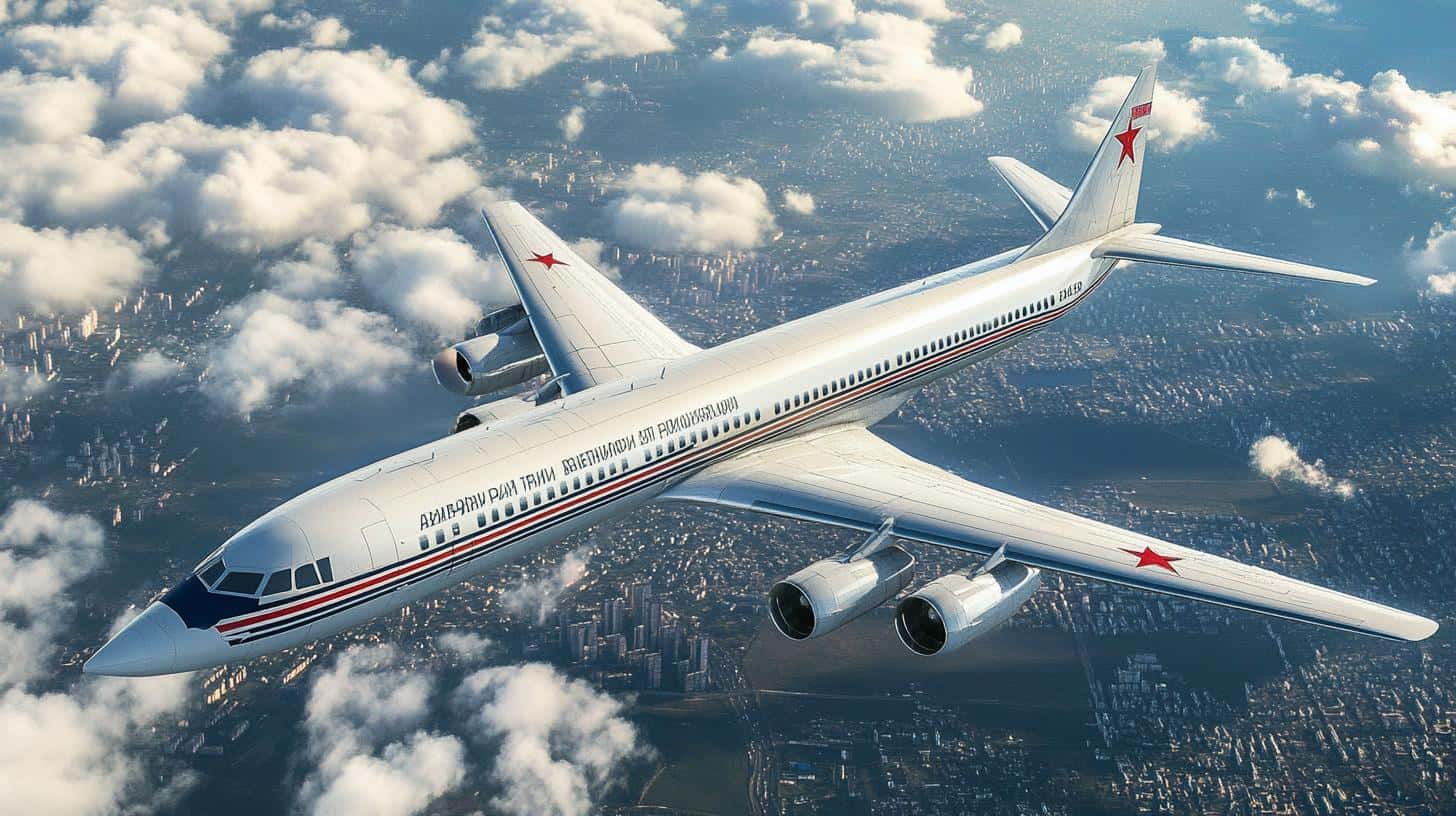In an era dominated by Western aircraft manufacturers, the Tupolev Tu-214 stands as a testament to the enduring capabilities of Russian aviation engineering. Originally developed in the early 1990s by the Russian aerospace and defense company Tupolev, this aircraft showcases the Soviet Union’s historical penchant for robust and reliable airplane designs.
The Tu-214 is a narrow-body twin-engine jet airliner derived from the basic Tu-204 design. What sets the Tu-214 apart is its impressive range of up to 7,200 km and its capacity to carry around 210 passengers, making it a versatile choice for both domestic and medium-haul routes. The aircraft flies at a cruising speed of 810 km/h and is powered by the sturdy and efficient Aviadvigatel PS-90A engines, known for their durability and fuel efficiency.
Despite being overshadowed by its Western counterparts, the Tu-214 has recently been gaining attention. With recent developments in geopolitical climates, Russia is increasingly investing in homegrown technologies, and the Tu-214 has seen a newfound interest for limited production to serve both commercial and governmental needs. Its reliability and adaptability make it an attractive option in these times of rising concerns over reliance on international supply chains.
In summary, the Tupolev Tu-214 not only symbolizes the resilience of Russian aviation history but also plays a significant role in today’s aviation landscape as an efficient and reliable aircraft with renewed production interest.
The Tu-214: A Game-Changer in Aviation Amidst Global Challenges
In the world of aviation, longer-standing manufacturers often overshadow certain designs that boast both engineering prowess and operational efficiency. The Tupolev Tu-214, a lesser-known yet significant aircraft, has started to captivate attention due to its remarkable capabilities—all while overcoming various controversies and practical challenges.
Resurgent Interest and Economic Impacts
As global dynamics shift, Russia’s focus on fostering indigenous technological advancements positions the Tu-214 as a vital asset. Why is this important? As geopolitical tensions rise, the Tu-214 offers a viable alternative to Western jets, ensuring Russia’s aviation sector maintains robustness without over-reliance on foreign products. This shift also holds economic significance, fostering local job creation and technological expertise, vital for Russia’s economy and aviation industry.
Interesting Facts and Challenges
Despite the promising features, including its robust range and passenger capacity, the Tu-214 has faced controversies regarding certification standards outside Russia, which limits its adoption in international markets. Additionally, questions arose about integrating modern avionics and meeting global environmental regulations—tackling these could enhance its global competitiveness.
How Do People Benefit?
Communities in Russia and neighboring regions stand to benefit considerably. With a growing fleet of domestically produced aircraft, there is potential for improved air connectivity, fostering economic development and cultural exchange. Moreover, investment in local aviation infrastructure could catalyze advancements in other industrial sectors.
The evolving role of the Tu-214 in the aviation domain reflects broader transitions in global technological reliance, posing intriguing implications for countries seeking sovereignty and stability. To delve deeper, visit Russian Aviation’s Home.







